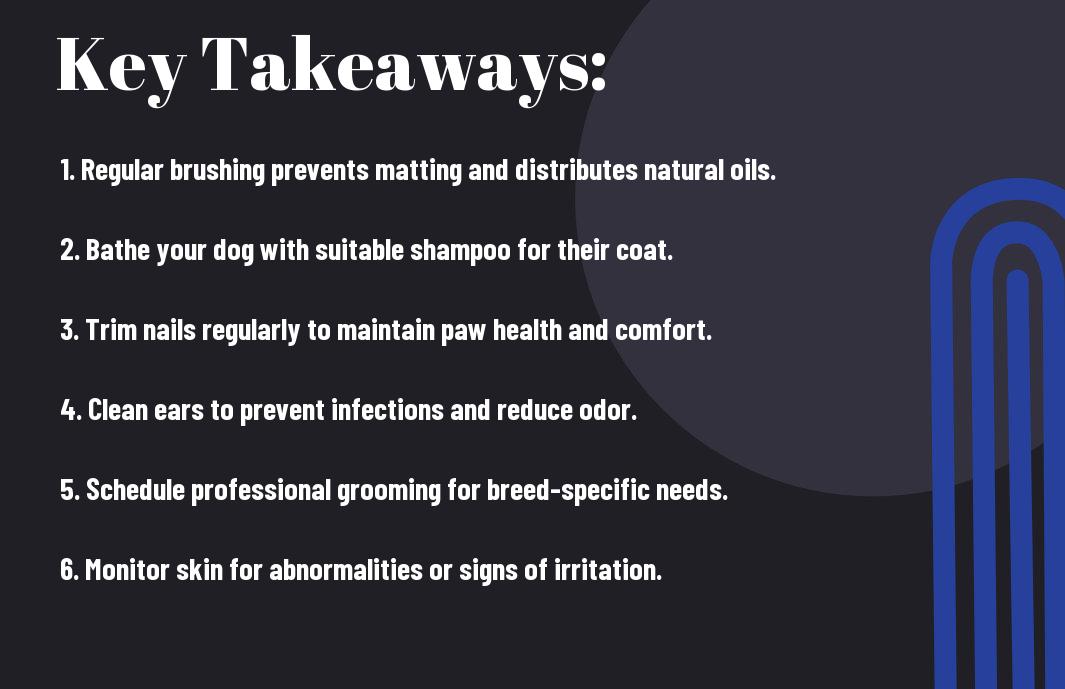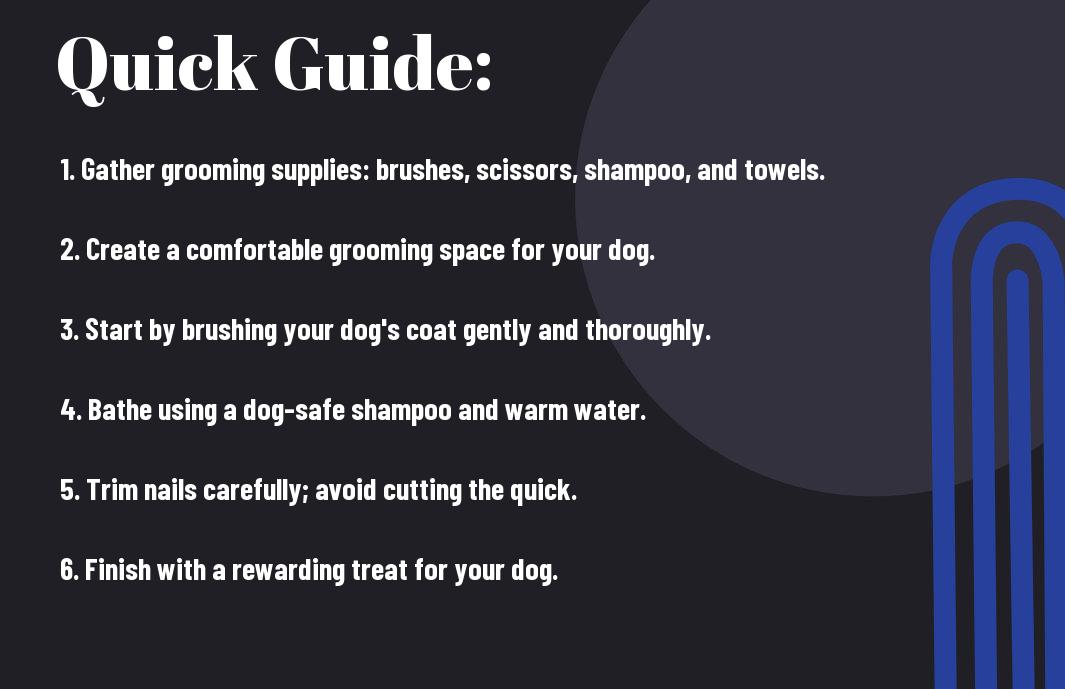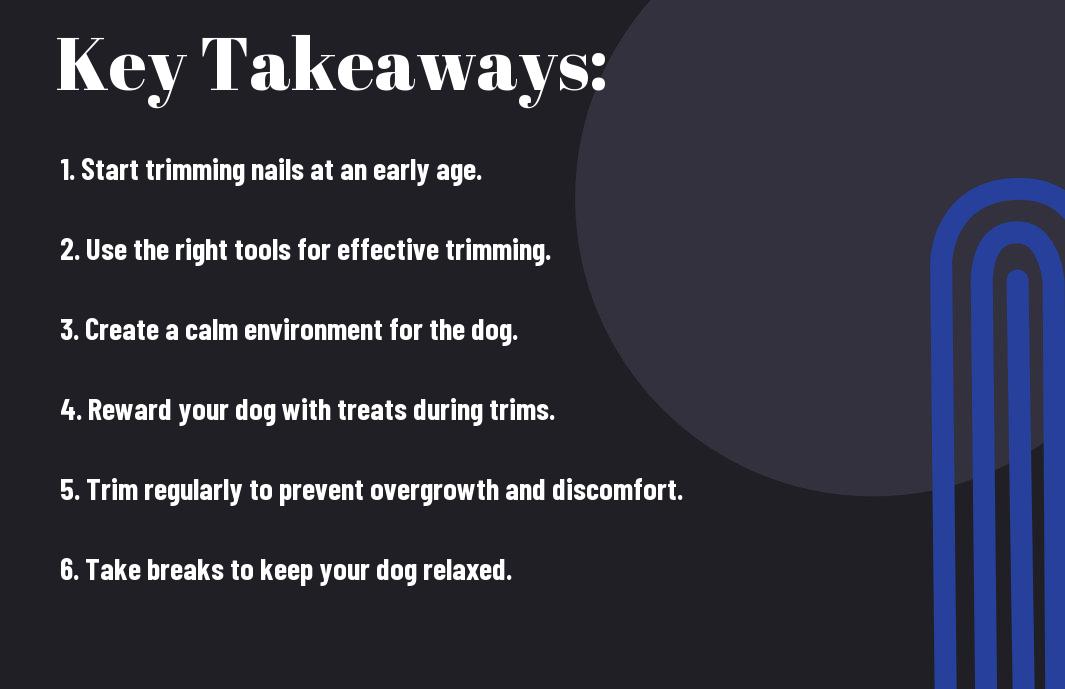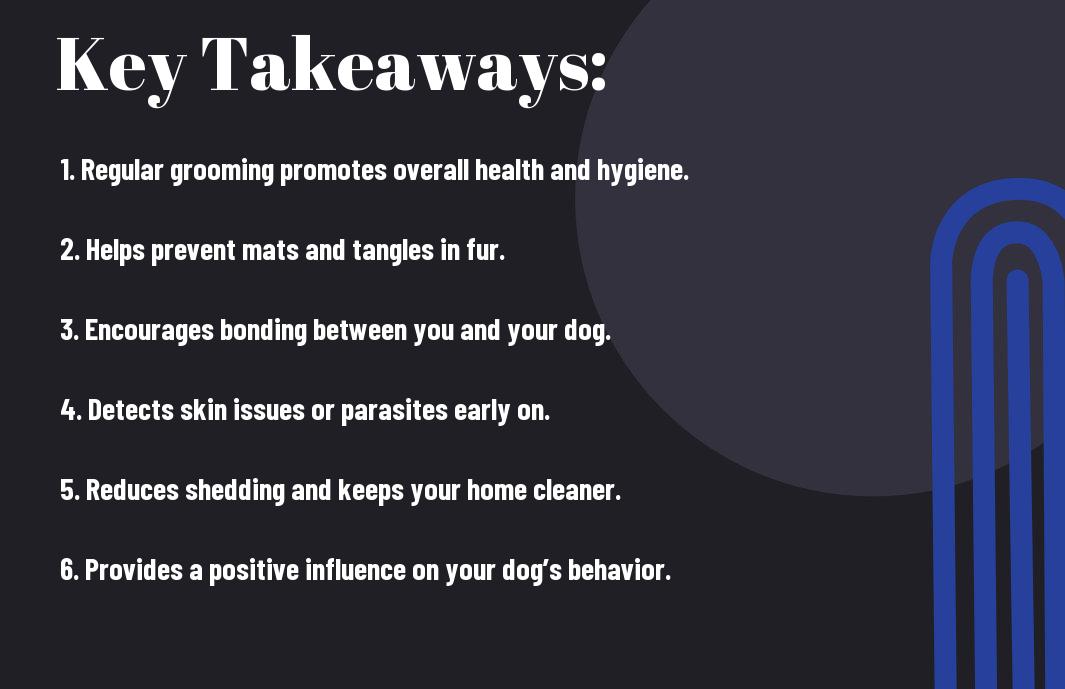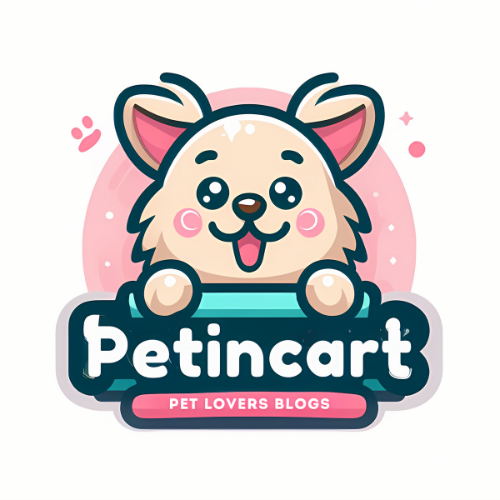With regular grooming, you can significantly enhance your dog’s overall health and well-being. This vital practice not only keeps your furry friend looking their best but also helps identify potential health issues early on. By incorporating grooming into your pet care routine, you can ensure that your dog maintains a clean coat, healthy skin, and a pleasant demeanor. From brushing and bathing to nail trimming and ear cleaning, each aspect of grooming plays a vital role in your dog’s happiness and comfort.
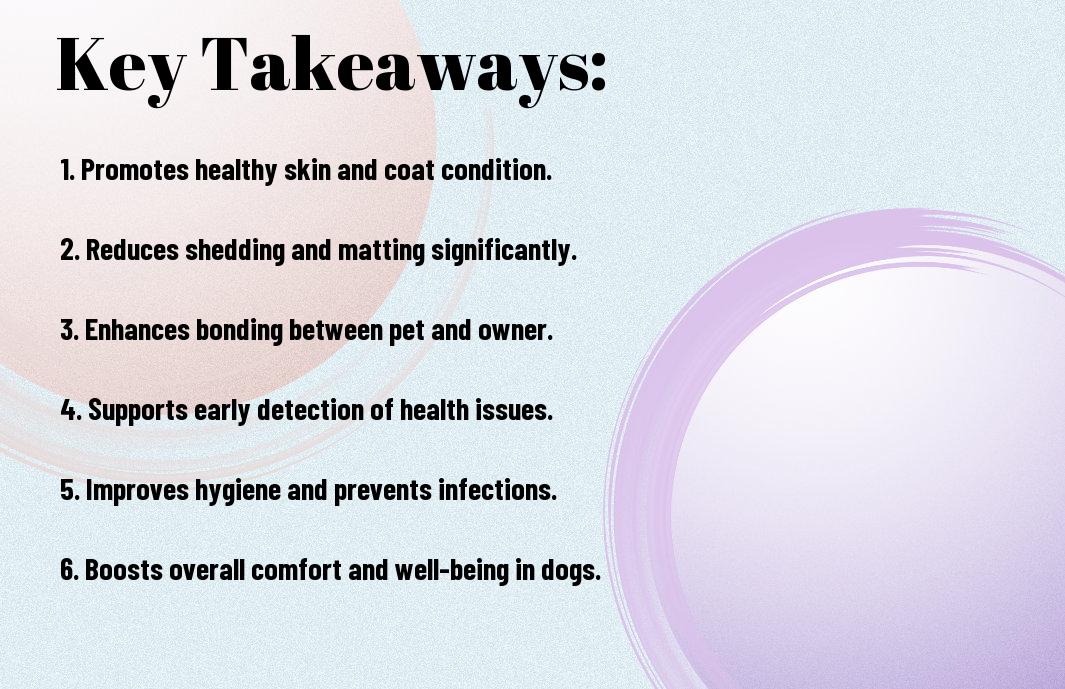
The Importance Of Regular Grooming In Dog Care
Definition of Grooming
For pet owners, grooming encompasses a variety of practices that contribute to your dog’s overall health and well-being. It involves cleaning, brushing, and maintaining your dog’s coat, skin, nails, and ears. Regular grooming helps to prevent health issues, such as skin infections and matting, and it also offers an opportunity for you to spend quality time with your furry companion.
Before delving deeper into grooming techniques, it’s important to understand that grooming is not merely about aesthetics. While a well-groomed dog certainly looks appealing, grooming also plays a vital role in your pet’s physical health and emotional stability. Through grooming, you can identify potential problems early on and ensure your dog stays comfortable and happy.
Types of Grooming
Grooming involves several types, each targeting different aspects of your dog’s care. The primary types include brushing, bathing, nail trimming, ear cleaning, and teeth cleaning. Depending on your dog’s breed, size, and coat type, the frequency and techniques for each type of grooming will vary. Here are some common types to consider:
- Brushing: Helps to remove dirt, debris, and loose hair while distributing natural oils.
- Bathing: Cleans your dog’s coat and skin, helping to prevent odors and skin issues.
- Nail Trimming: Essential for preventing discomfort and health issues associated with overgrown nails.
- Ear Cleaning: Important for preventing infections and maintaining ear health.
- Teeth Cleaning: Supports dental health and prevents bad breath.
Recognizing the specific grooming needs of your dog will ensure that you maintain their health and hygiene effectively.
| Type of Grooming | Purpose |
| Brushing | Remove loose hair and prevent matting. |
| Bathing | Clean the dog’s coat and reduce odors. |
| Nail Trimming | Prevent pain and discomfort from long nails. |
| Ear Cleaning | Prevent infections and check for abnormalities. |
| Teeth Cleaning | Support oral health and prevent tartar buildup. |
Another important aspect of grooming is its frequency. The grooming requirements you will have for your dog will depend on several factors, including breed, coat type, and lifestyle. Some dogs may need daily grooming, while others only require maintenance every few weeks. It’s important to assess your dog’s specific needs and stay consistent in your grooming routine.
Frequency of Grooming
Behind every happy dog is a consistent grooming routine. You’re encouraged to explore your dog’s specific breed requirements, as some breeds are prone to matting or skin issues if not groomed properly. Regular grooming not only ensures your dog looks their best but also allows you to check for signs of irritation or health issues that may require attention from a veterinarian.
Another key point to consider is that the frequency of grooming is not only determined by your dog’s outer coat. Factors such as your dog’s activity level and environmental exposure can also influence how often you should bathe or groom them. Your dog’s coat can become dirty or knotted more quickly if they are active or spend a lot of time outdoors.
Benefits of Regular Grooming
You may not realize it, but regular grooming offers a multitude of benefits for your furry companion, enhancing their overall well-being. By making grooming a part of your dog’s routine, you serve not only their aesthetic needs but also play a substantial role in their health and behavior. It’s a wonderful way to strengthen your bond with your pet while ensuring they feel their best.
Health Benefits
Grooming provides significant health benefits for your dog that go beyond a tidy appearance. Routine brushing helps to remove dead hair, dirt, and debris, which reduces the likelihood of skin irritations and infections. It also allows you to monitor their skin for any unusual growths or lumps, which can be critical in early detection of potential health issues.
Moreover, regular grooming facilitates better circulation and can even help distribute natural oils throughout your dog’s coat, leading to healthier fur and skin. Nail trimming is another imperative aspect, as overgrown nails can cause discomfort and pain, affecting your dog’s mobility and overall quality of life.
Behavioral Benefits
With consistent grooming, you create a predictable environment for your dog, which can significantly reduce anxiety and behavioral issues. Many dogs feel calmer and more relaxed during brushing or bathing sessions, as these activities can mimic petting and other forms of affection. This helps establish trust between you and your pup, making them more receptive to other forms of training.
Additionally, grooming can serve as an excellent opportunity for bonding time, reinforcing your dog’s positive behavior. This engagement not only makes grooming easier but can also lead to enhanced obedience and a more well-adjusted pet.
Also, dogs that are groomed regularly typically respond more favorably to handling, which is particularly beneficial during veterinary visits or when meeting new people. The positive experiences associated with grooming can lead to a calmer and more enjoyable demeanor in various social situations.
Aesthetic Benefits
On a more superficial note, regular grooming significantly contributes to your dog’s appearance, making them more visually appealing. A well-groomed coat can enhance your dog’s breed characteristics, highlighting their unique qualities. Additionally, regular grooming maintains a clean and pleasant smell, which enhances your experience with your pet and keeps your home fresh.
Moreover, regular grooming helps to minimize shedding, resulting in less stray pet hair on your furniture and clothing. This aspect of grooming not only benefits you but also creates a more comfortable environment for guests who may have allergies or sensitivities to pet dander.
In fact, many pet owners notice that their dog exhibits an increased sense of pride and confidence when they receive regular grooming attention. The result is a happier, more aesthetically pleasing dog who engages more positively with their environment. By investing time in grooming, you elevate both your dog’s image and overall well-being.
Grooming Tools and Products
Many dog owners often underestimate the value of having the right grooming tools and products on hand. While grooming may seem like a trivial task, having quality tools designed specifically for your dog’s needs can significantly enhance the grooming experience for both you and your pet. The right tools not only streamline the process but can also contribute to your dog’s overall health and well-being.
Essential Grooming Tools
Against having an assortment of tools that may not cater to your dog’s specific grooming requirements, it’s wise to invest in imperative grooming tools. Basic items such as a quality brush, comb, and nail clippers are a must. For instance, a de-shedding tool is beneficial for breeds with a thick undercoat, while a slicker brush works well for long-haired dogs to remove tangles and mats. Don’t skip on nail clippers or a grinder to keep those claws in check, as overgrown nails can hurt your dog’s paws and lead to discomfort.
Recommended Grooming Products
Brushes are only part of the grooming equation; quality shampoos, conditioners, and ear cleaners can make a world of difference in maintaining your dog’s hygiene and appearance. For instance, a gentle, hypoallergenic shampoo is imperative for dogs with sensitive skin, while a moisturizing conditioner can help keep their coat shiny and healthy. Additionally, consider adding a good dental care product into your grooming routine, as oral hygiene is often overlooked but vital for your dog’s overall health.
Plus, investing in grooming tools that are ergonomically designed can make the grooming process easier and more enjoyable for you. Look for products with grips that are comfortable to hold and easy to maneuver. This will not only make it easier for you to groom your dog effectively but also reduce the risk of injury to both of you. Taking time to choose the right grooming tools and products tailored for your dog will undoubtedly enhance your overall grooming routine and help maintain your furry friend’s health.

Grooming Techniques
Despite the different grooming needs of various dog breeds, there are vital techniques that every dog owner should be aware of to keep their furry friends healthy and happy. Regular grooming not only helps maintain your dog’s appearance but also ensures their skin and coat stay in optimal condition. Understanding various grooming techniques can enhance your dog’s overall well-being and strengthen the bond you share.
Brushing Techniques
Besides keeping your dog’s coat clean, regular brushing helps remove loose fur, dirt, and debris while distributing oils throughout their coat. The type of brush you choose will depend on your dog’s hair type. For short-haired breeds, a rubber curry brush or a bristle brush will work wonders, while long-haired breeds may benefit from a slicker brush or a wide-toothed comb to detangle knots and mats. Be gentle and use a consistent technique to make brushing enjoyable for your dog.
Incorporating a brushing routine into your schedule will also help you easily spot any abnormalities on your dog’s skin, such as redness, parasites, or lumps. Aim for at least once a week for short-haired breeds and more frequent sessions for long-haired dogs, particularly during shedding season. This attention to grooming not only keeps your dog looking great but also fosters your relationship with them.
Bathing Techniques
Before bathing your dog, it is vital to prepare the bathing area and gather all necessary supplies, such as dog shampoo, towels, and a non-slip mat. Choose a location that is comfortable for both you and your dog, whether it’s indoors in the bathtub or outdoors with a hose or shower attachment. Ensure the water temperature is lukewarm, as overly hot or cold water can be uncomfortable for your dog.
Techniques for bathing include wetting your dog thoroughly before applying shampoo, beginning at the neck and working down to ensure no product runs into their eyes or ears. Rinse thoroughly, as leftover shampoo can irritate their skin. After bathing, gently towel-dry your dog, or for those who enjoy it, use a blow dryer on a low setting. Keeping bath time positive will make it a bonding experience that your dog will look forward to.
Nail Clipping Techniques
Nail clipping is an important aspect of grooming that many dog owners overlook. Keeping your dog’s nails trimmed prevents discomfort and potential injury to their paws and also protects your floors and furniture. Start by choosing a quality nail clipper designed for dogs; there are different styles available, including guillotine and scissor-type clippers. Make sure to clip only the tip of the nail, avoiding the quick, which is the sensitive area containing blood vessels and nerves.
Another key point is to keep your dog calm during the nail clipping process. You can offer treats or rewards to create a positive association with the activity. If your dog is particularly nervous, consider starting with just one or two nails per session, gradually working your way up. If you’re hesitant or unsure about trimming your dog’s nails, consult a professional groomer for assistance or training on safe techniques to master this skill.
Special Considerations by Breed
Now, when it comes to grooming, it’s vital to recognize that different dog breeds have unique grooming needs. These needs are often dictated by their coat type, size, and even specific breed characteristics. Understanding these distinctions can help you provide the best grooming care for your furry companion.
Long-Haired Breeds
Across various long-haired breeds, such as the Shih Tzu, Maltese, and Lhasa Apso, you’ll find that their luxurious coats require considerable attention. The longer the hair, the more susceptible it is to tangling and matting. This is why regular brushing is vital, as it helps prevent these issues and keeps their coat looking vibrant and healthy. Additionally, you may want to invest in high-quality detangling sprays and grooming tools designed specifically for long-haired breeds to make the grooming process more manageable.
Another consideration with long-haired breeds is their tendency to collect dirt and debris in their coats. Regular grooming not only enhances their appearance but also promotes skin health by removing dead hair and preventing skin irritations. You might also find that these breeds benefit from occasional professional grooming sessions to maintain a neat, tidy look that is difficult to achieve at home alone.
Short-Haired Breeds
After understanding long-haired breeds, it’s vital to look at short-haired breeds, like Beagles, Dachshunds, and Boxers. These dogs typically require less grooming than their long-haired counterparts, thanks to their manageable coat length. However, this doesn’t mean that grooming should be overlooked. Regular brushing is still important as it helps remove loose hair and dander, which can contribute to allergies in your home.
This regular maintenance can also aid in keeping your dog’s skin healthy and free of irritations. Additionally, short-haired breeds might benefit from occasional baths, especially if they roll in dirt or have a strong doggy smell. You should choose a gentle dog shampoo that suits their skin type and always ensure to rinse thoroughly.
Hypoallergenic Breeds
Breed considerations for hypoallergenic dogs, such as Poodles, Bichon Frises, and Schnauzers, focus on grooming routines that minimize shedding and allergens. While no dog is entirely hypoallergenic, these breeds are known for producing less dander and shedding fewer hairs, which can be beneficial for allergy sufferers. Regular grooming is vital for these dogs to maintain the health of their skin and coat and to control the amount of loose hair and dander in your environment.
In addition to regular brushing, you should also stay on top of grooming appointments for trimming and styling to help keep their coat in good condition. This will not only help reduce allergens in your home but also promote a healthy, shiny coat that enhances your dog’s overall appearance. Keeping up with grooming will ensure that your hypoallergenic breed looks and feels their best.
Breeds like this often require specific grooming tools, such as slicker brushes or grooming mitts, that are effective in collecting loose hair without irritating the skin. Investing in tools tailored for these breeds can make your grooming sessions more effective and enjoyable for both you and your pet.

Professional Grooming Services
To ensure that your dog receives the best grooming experience, you may want to consider professional grooming services. While regular at-home grooming is important, professional groomers bring expertise and a wealth of experience, allowing them to handle a variety of dog breeds and grooming requirements. They typically have specialized equipment and a keen eye for detecting potential health issues, ensuring that your pet is not only looking their best but is also in good health.
When to Seek Professional Help
With so many grooming tasks requiring specific skills, it is vital to know when to seek help from a professional. If your dog has a thick or curly coat, routine brushing and bathing might not be sufficient to maintain their fur. In such cases, when matting occurs, a professional’s experience with de-matting techniques can save your dog from discomfort. Additionally, if you notice skin irritations, excessive shedding, or any unusual behavior during grooming, it may be advisable to consult a groomer who can provide specialized care.
Benefits of Professional Grooming
After a visit to a professional groomer, you will likely notice a marked difference in your dog’s appearance and overall comfort. Professional groomers possess the skills to give your dog a stylish cut while addressing specific grooming needs. They can also provide important services like nail trimming and ear cleaning, which contribute to your dog’s hygiene and health. Regular visits to a professional groomer can also alleviate stress for both you and your dog, as stubborn matting or knots are expertly treated.
Professional grooming goes beyond just aesthetics. It can improve your dog’s health by catching potential issues early, such as skin infections, parasites, or unexpected lumps that may need further investigation. Furthermore, a groomer will use the proper techniques and tools designed specifically for your dog’s breed, ensuring a gentle and safe experience. This level of care promotes a positive grooming routine that your dog can look forward to rather than dread.
Choosing a Groomer
Professional grooming services vary in quality, so it is important to choose a reputable groomer who meets your dog’s specific needs. Start by researching local groomers, reading reviews, and asking fellow dog owners for referrals. Visit the facility in advance to assess the environment and observe how other dogs are treated, ensuring that their comfort and safety are prioritized during grooming sessions.
Consequently, taking the time to find the right groomer can significantly enhance your dog’s grooming experience. Look for a groomer who is knowledgeable about different breeds and their specific grooming needs. Engaging with the groomer regarding your dog’s temperament and health concerns will help them tailor their services to your pet’s requirements, ensuring a positive and effective grooming outcome.
Conclusion
As a reminder, regular grooming in dog care plays a vital role in maintaining your pet’s overall health and well-being. By incorporating grooming into your routine, you not only enhance your dog’s appearance but also monitor their skin, coat, and any potential health issues. This practice allows you to build a strong bond with your furry friend while keeping them comfortable and happy.
Furthermore, grooming offers an excellent opportunity for you to instill good habits in your dog. It helps them become accustomed to being handled, which can be beneficial during vet visits or while receiving care from others. Prioritizing grooming can significantly improve your dog’s quality of life, ensuring they remain a joyful and integral part of your family for years to come.
Q: Why is regular grooming important for my dog’s health?
A: Regular grooming plays a significant role in maintaining your dog’s overall health. It helps to remove dirt, dead hair, and debris from their coat, which can reduce the risk of skin infections and promote a healthy coat. Regular grooming also allows you to check for any abnormalities such as lumps, bumps, or parasites like fleas and ticks. These early detections can lead to timely medical treatment, ensuring your dog stays healthy and happy.
Q: How does grooming contribute to my dog’s comfort?
A: Grooming can greatly enhance your dog’s comfort levels. A well-groomed coat is less likely to get matted, which can cause pulling on the skin and discomfort. Regular brushing can also help reduce shedding, which can be beneficial during allergy seasons. Additionally, grooming sessions can help to keep your dog clean and free of unpleasant odors, making them feel more comfortable and pleasant to be around.
Q: Can regular grooming improve the bond between me and my dog?
A: Yes, regular grooming can strengthen the bond between you and your dog. During grooming sessions, you spend quality time together, which can enhance your relationship and build trust. The process of grooming can be a relaxing experience for your dog if done gently, and it gives you an opportunity to provide socialization, affection, and reassurance, further deepening your connection.
